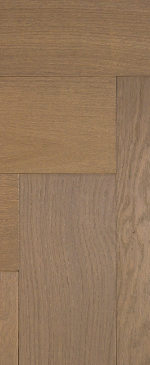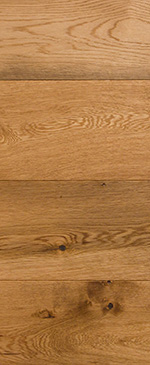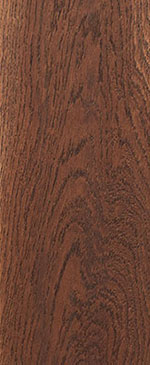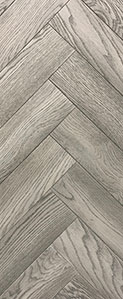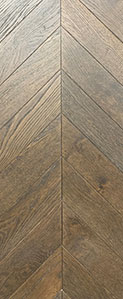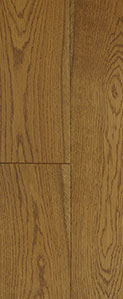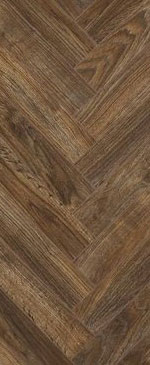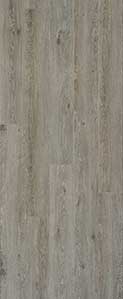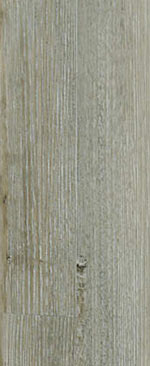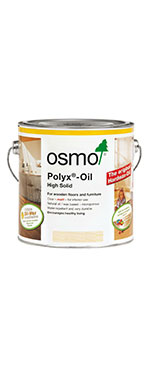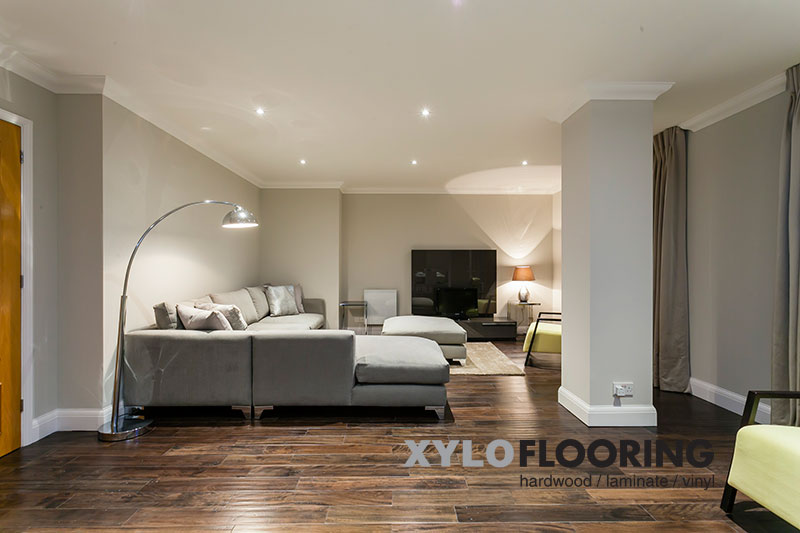The living room is arguably the most important room in the house; everyone uses it, which can make it the most difficult to decorate and furnish, with differing tastes and priorities.
Xylo Flooring, supplies quality wooden flooring to the trade and retail sectors and the building industry, and keeps abreast of all interior design trends. Here we look at how the living room first came to be, the way tastes have changed over the years, and how vinyl, laminate or solid wood flooring can provide the perfect lounge surface.
The History of the Living Room
The term ‘living room’ has been in use from the 19th century, when it was used to refer to a space where general social activities took place. In the UK, one of its main forerunners was the parlour, which was usually a room at the front of the house where the members of the family who had passed away were laid out before their funeral. As the death rate fell and undertakers and the health service took over much of the responsibility for dealing with mortality, the room was used for more pleasant functions and became the living room rather than the so-called ‘death room’.
Other forerunners of the living room, at the top end of the social scale, were drawing rooms, recreation or games rooms, and smoking rooms – areas for specific social activities which were considered impolite to do in general view.
Upstairs or Downstairs?
Living rooms, or the nearest equivalents, have not always been on the ground floor as they typically are today. In Tudor times, the first floor of the middle-class home was used for conducting the family business; the first floor, often known as the hall, was where the family ate and gathered together.
In the Georgian era, living rooms were also usually on the first floor; this helped separate them from any servants and cut down on the noise from the street. Nowadays, pure economics means that people don’t have to worry about servants – and the living room, which has also been referred to as the lounge or the sitting room, is more commonly found on the ground floor of most properties.
A Statement of Intent
In days past, parlours and drawing rooms especially were believed to be places where you could impress guests with your wealth and taste. But in more recent, egalitarian times, the living room evolved into somewhere where the priority was to have somewhere the family could relax rather than entertain others. This means it is more of a reflection of an owner’s individual tastes, personality and needs.
Trends Through Time
The living room in the 1920s and 30s was strongly influenced by the art deco movement, which meant the décor had plenty of geometric patterns and a touch of the exotic. In the 1940s, wooden floors were quite common because of the unavailability of other materials.
From the 1950s onwards, the consumer society was born, and this was reflected in the many appliances, particularly electrical ones, which became commonplace. Even today, many living rooms are dominated by TV sets. Since the 1950s, there has been a wide range of styles, ranging from the vivid colours of the 70s and 80s, through to the more recent so-called ‘shabby chic’, a style which relies on contrasting textures and colours, such as floral patterns and soft pastels.
Quality Wooden Flooring in Your Living Room
The living room, in contrast to bedrooms and bathrooms, are used by all the members of the family, so you want something hardwearing and attractive.
Lounges tend to be cosy, welcoming places, where carpets might seem the best option – but these are not necessarily the most durable. Rugs on a quality wooden floor could be an attractive alternative.
Quality wooden flooring also has safety and hygiene advantages; there is less reason to worry about stray sparks from any living room fireplaces, as wood is a dense material which contains water. This makes it harder for a blaze to spread than on some carpets. And wooden floors only need an occasional wipe down, unlike carpets, which can attract dust and grime and may need regular vacuuming.
What Xylo Flooring Can Offer
Xylo Flooring can provide a quality surface which will match it whatever interior design style is selected. We offer oak and walnut floors, and vinyl and laminates which both have the appearance of wood.
For example, Sandhill Shabby Chique in our vinyl flooring range, is a perfect match for the ‘shabby chic’ style, while our wide plank flooring selection can give living rooms a more traditional feel, as you can see more of the wood’s original knots, whirls and grains. Wider planks can also make smaller lounges appear larger and more spacious.
Many of Xylo Flooring’s products come complete with lifetime warranties for domestic use. If you would like to contact us, follow the link above.


